Part of the mygrassisblue.com #BluegrassTrails series, on the trail of bluegrass history and its pioneers/early protagonists.

What started out in November of 1925 as a simple for-radio broadcast of old-time music from Downtown Nashville on 650AM WSM, the WSM Barn Dance, is today the longest continuously running live radio programme in the world. Known since the late 1920s as the Grand Ole Opry and branded as ‘The Show that Made Country Music Famous’, the Opry‘s permanent home since 1974 – prior to which, since 1943, it was staged in Nashville’s Ryman Auditorium – has been the 4,400-seater Grand Ole Opry House located in the Music Valley neighbourhood some 9 miles east of Downtown Nashville. Both as big and as well-oiled a commercial enterprise as you’ll find anywhere in present-day Music City and a tourist must-do, embarking on a backstage tour of the Opry House, and especially in conjunction with a tour of the aforementioned Ryman Auditorium, gives an awesome insight into what it is that turned Nashville into the centre of the country crooning rhinestone universe.
– Opry founder George D. Hay describing the Grand Ole Opry

It’s fall, y’all, at the Grand Ole Opry House, Music Valley, Nashville, Tennessee. October 17, 2017.
The Grand Ole Opry House
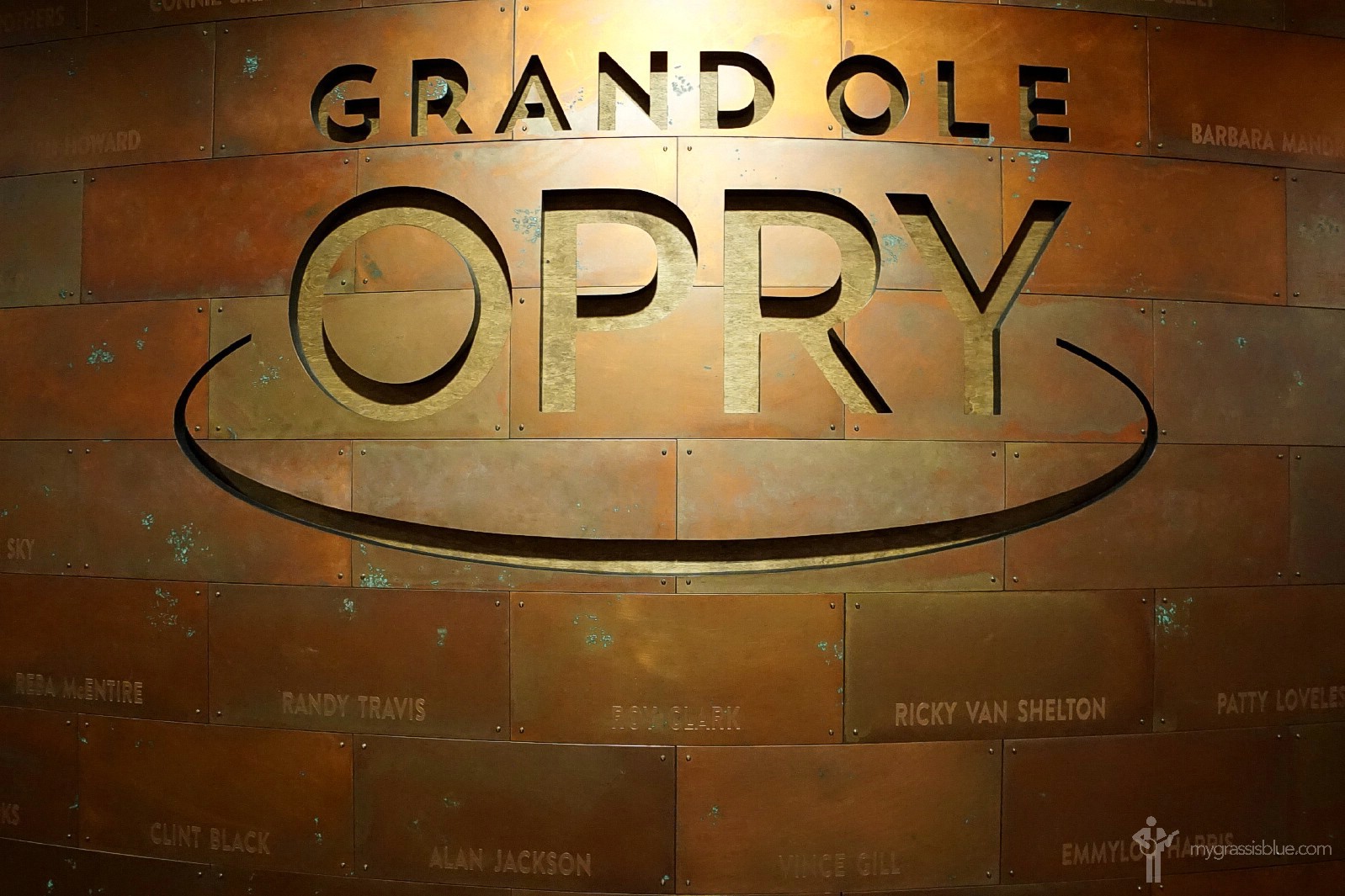
Backstage at the Grand Ole Opry House, Music Valley, Nashville, Tennessee. October 17, 2017.
– Garth Brooks
Grand Ole Opry House Backstage Tour
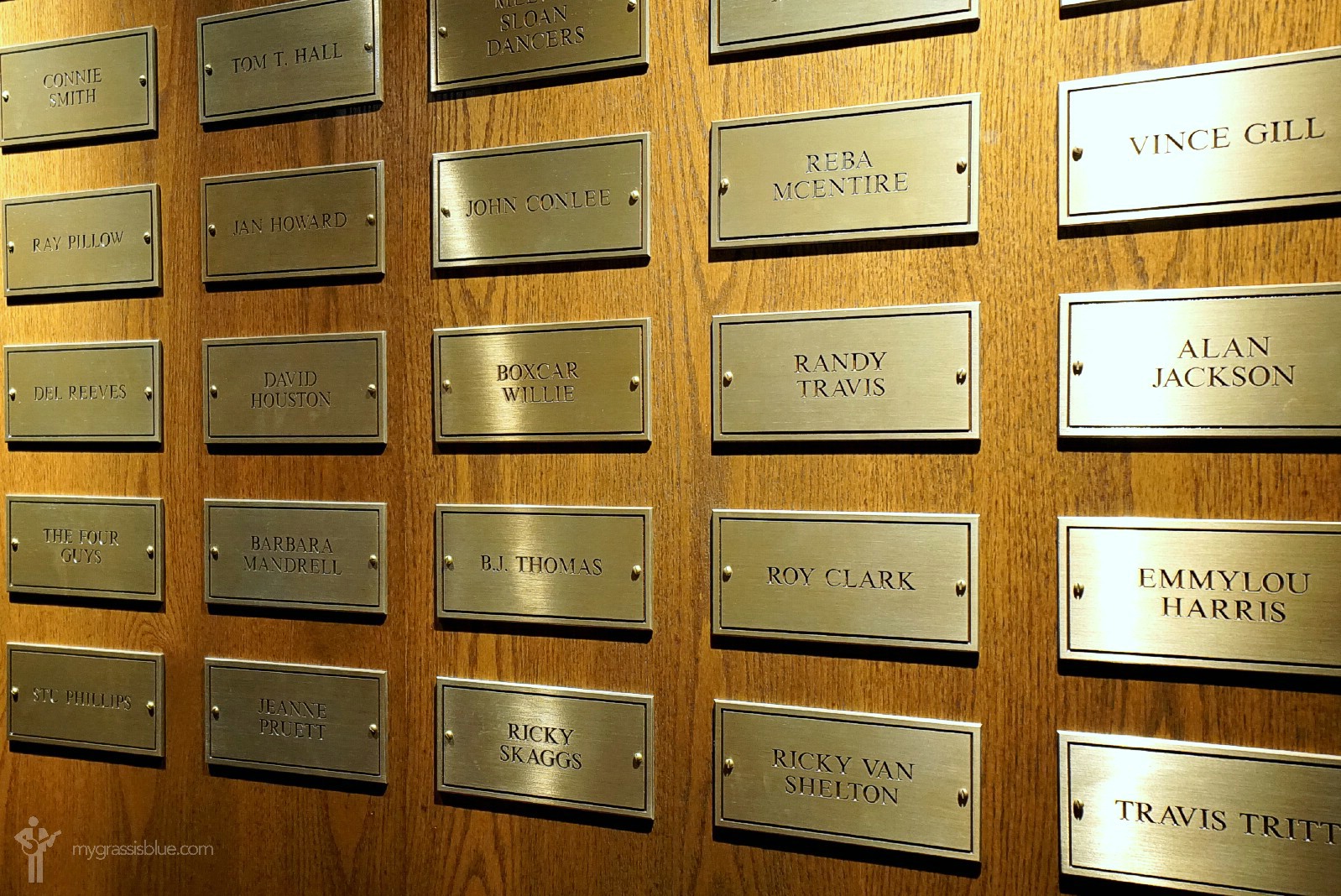
OPRY MEMBERS | Personalised bronze membership plates backstage at the Grand Ole Opry House, Music Valley, Nashville, Tennessee. October 17, 2017.
Being invited to become a member of the Grand Ole Opry, a decision made exclusively by the show’s management and one seemingly based on ‘a combination of career accomplishment and commitment’, is considered one of country music’s crowning achievements. As of October 2020 there are a total of 66 Opry members, although over 200 artists have held membership since the show’s inception in late 1925 (membership ceases if the artist dies, if they forgo their membership, or if they suffer the indignity of it being rescinded from them by Opry management).
The Opry & Bluegrass
As a small sub-genre of country music, only a small percentage of all 215 (as of August 2021) Opry members were or are bona fide bluegrass artists, a list that includes Bill Monroe (member #37, joined on October 28 of 1939); Lester Flatt and Earl Scruggs (member #88, joined June 1955); Jesse McReynolds (joined with brother Jim, member #124, on March 2 of 1964 and, at 92 (as of August 2021), currently the oldest living Opry member); The Osborne Brothers (member #126, joined August 8 of 1964); Ricky Skaggs (member #155, joined May 15 of 1982); Alison Krauss (member #176, joined July 3 of 1993); Ralph Stanley (joined January 15 of 2000); Del McCoury (member #187, joined October 25 of 2003); Jamie Dailey & Darren Vincent (member #204, joined March 11 of 2017); and Rhonda Vincent (member #213, joined, and after a delay due to the Covid-19 pandemic, on February 6 of 2021).
– © Extract from ‘Bluegrass – A History’ by Neil V. Rosenberg recounting Bill Monroe’s Opry audition on October 23, 1939.
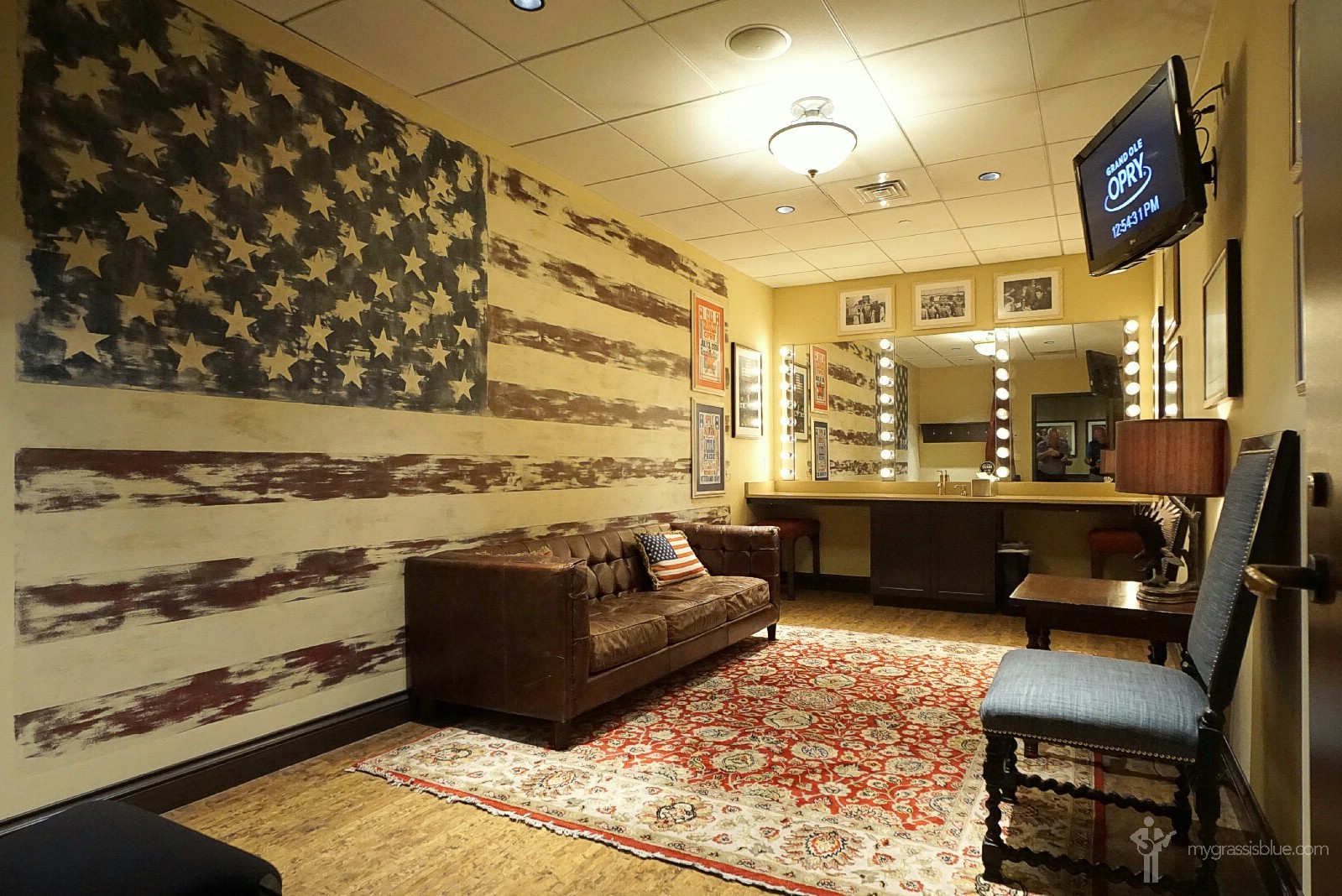
OPRY DRESSING ROOMS | Dressing Room 5, ‘Stars and Stripes’, backstage at the Grand Ole Opry House, Music Valley, Nashville, Tennessee. October 17, 2017.
Once blank canvases of simple fluorescent light and mirrors, today the 18 backstage dressing rooms of the Grand Ole Opry House, each of which is numbered with an oversized guitar pick embedded in the floor in front of the door, are unique and lavishly-decorated spaces that reflect both the history of the Opry and the rich culture of the country music genre. We stole a peek through the doors of a few of the rooms as we were en route to the stage area: Dressing Room 9, a.k.a. ‘It Takes Two’, a room adorned with pictures of iconic duos (George & Tammy, Loretta & Conway, Dolly & Porter); Dressing Room 19, a.k.a. ‘Wagonmaster’, a velvet-heavy Marty Stuart-designed tribute to Porter Wagoner; Dressing Room 3, a.k.a. ‘Little Jimmy’, a rhinestone-speckled tribute to diminutive Jimmy Dickens inspired by the outlandish humor he brought to the Opry stage; and, of course, Dressing Room 1, a.k.a. ‘Mr. Roy King of Country’, whose door is always open as a way of welcoming friends, fans, artists and tourists alike. Memorable, each and every one. As was this, Dressing Room 5, a.k.a. ‘Stars and Stripes’. One of the only non-music inspired rooms, it’s a shout-out to the service men and women of America.
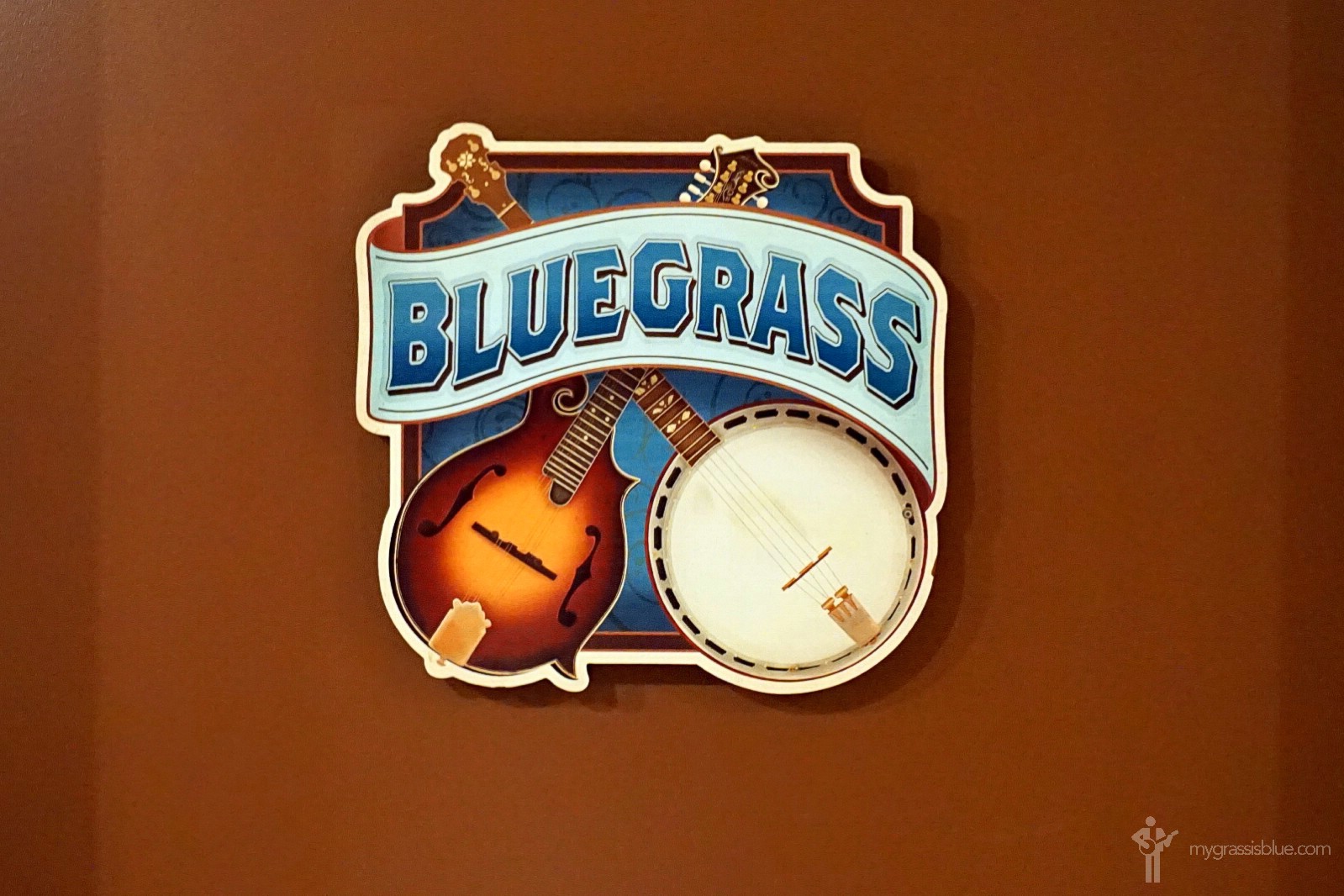
The Bluegrass Dressing Room backstage at the Grand Ole Opry House, Music Valley, Nashville, Tennessee. October 17, 2017.
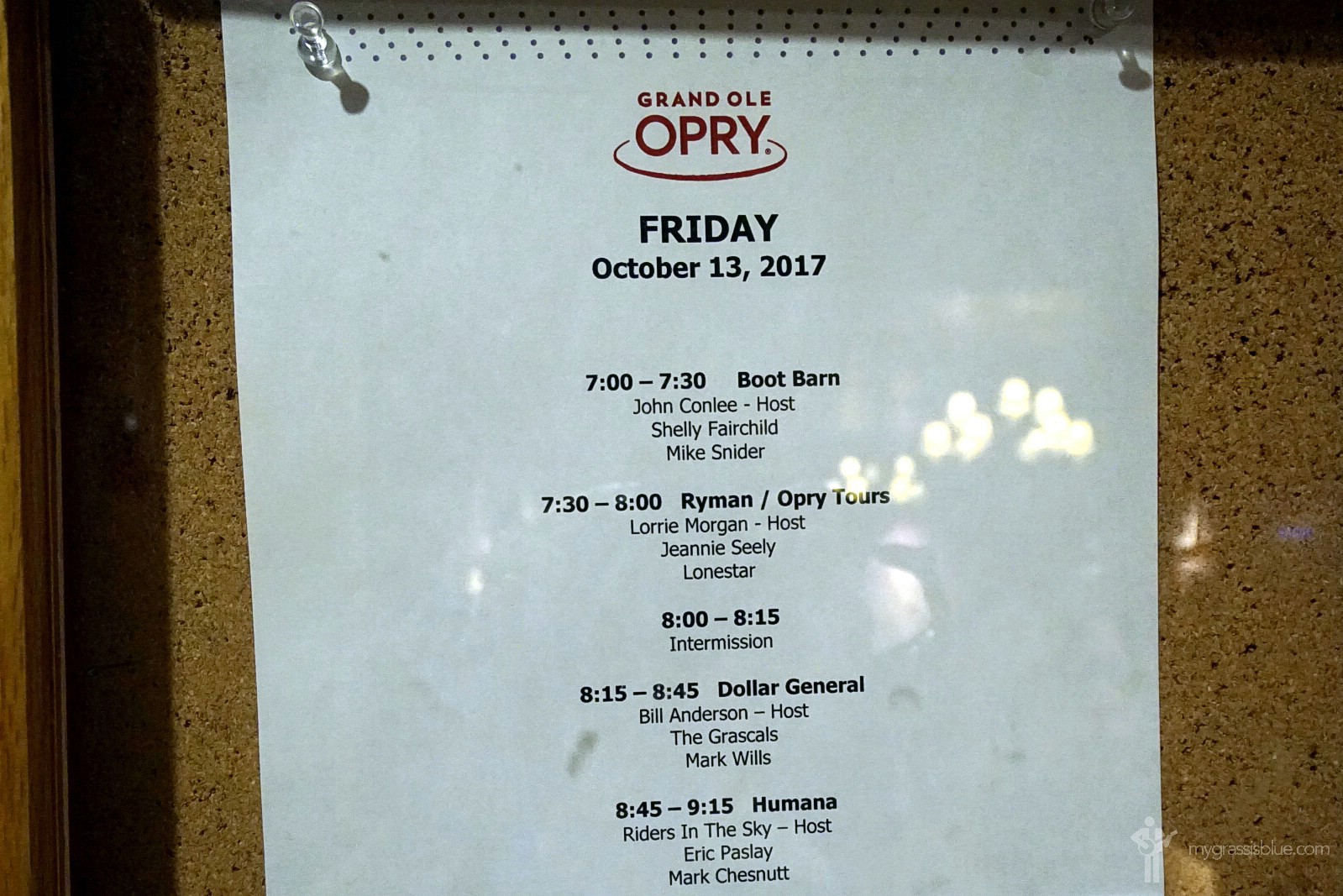
A missed opportunity. Terry Eldredge of The Grascals informed us a few days earlier at the ‘A Lester Flatt Celebration‘ in Sparta, TN, that had we been around Nashville days earlier that he would have invited us backstage at the Opry as his VIP guests. Damn. Double damn.

Backstage at the Grand Ole Opry House, Music Valley, Nashville, Tennessee. October 17, 2017.

THE CIRCLE | ‘The Circle’ on the expansive stage of the Grand Ole Opry House, Music Valley, Nashville, Tennessee. October 17, 2017.
Hallowed musical ground. Of course the Opry Backstage Tour includes a walk across the stage for the requisite but optional purchase-at-the-end-of-tour photo op standing in the famous ‘Circle’, a six-foot-wide circle of aged wood that sits center stage and that was famously removed from the Ryman stage to be set into the stage here when the Opry moved to its present location from Downtown Nashville in March of 1974.
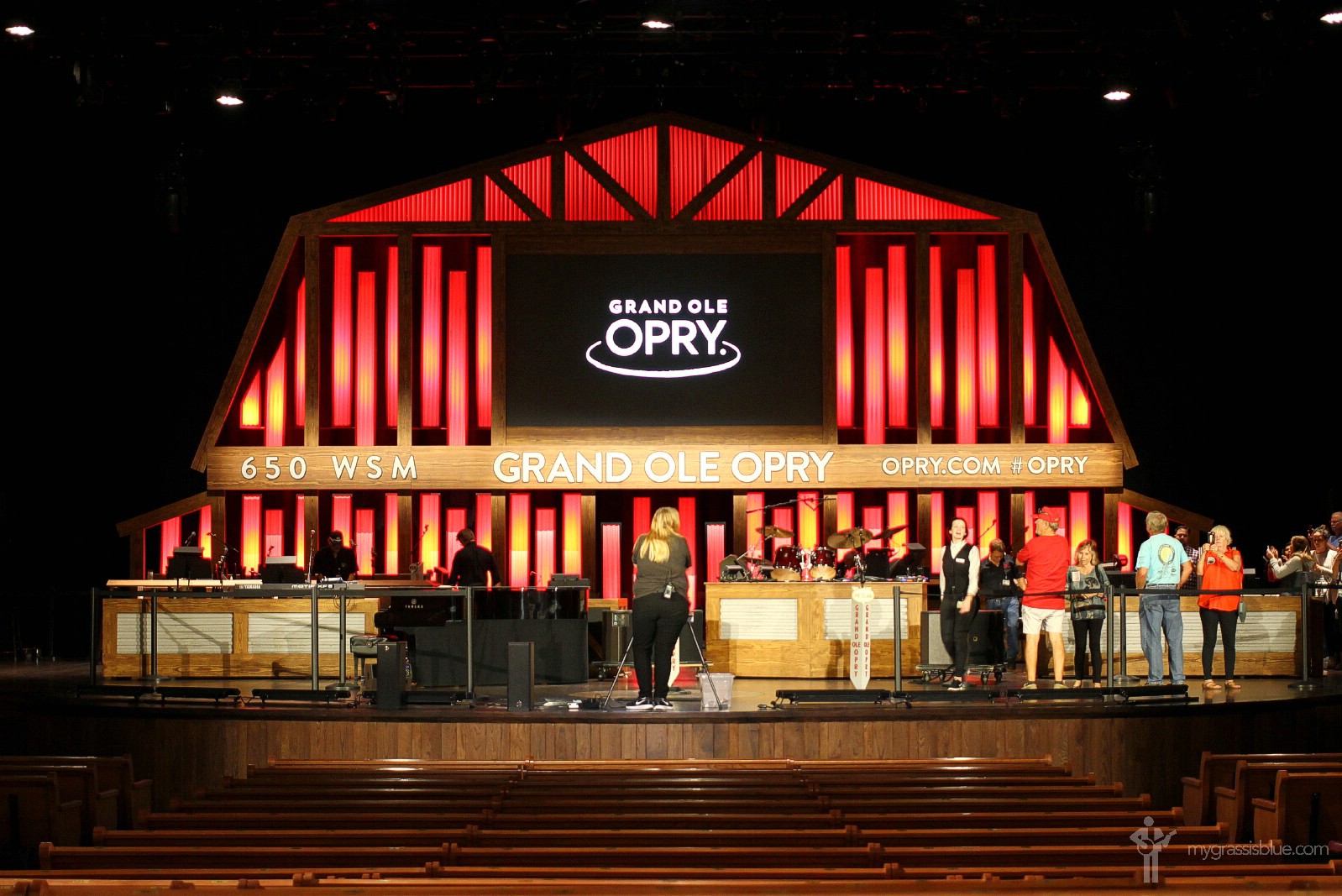
NASHVILLE FLOODS |The stage backdrop of the Grand Ole Opry House, Music Valley, Nashville, Tennessee. October 17, 2017.
The stage backdrop of the Grand Ole Opry House reflects the Opry‘s origin as the 650AM WSM Barn Dance. Having been broadcast without interruption on Opry nights since its first broadcast on November 28 of 1925 means that today the Opry is the longest continuously running live radio programme in the world, a run it managed to sustain even during the devastating floods of the first two days of May 2010, floods that crippled Nashville and closed the Opry House for 5-plus months – the level of the nearby Cumberland River rose such that its waters surged through the doors of the Opry House and flooded the whole building to a depth of some four feet. Despite damage that included a ruined stage, pews, curtains, floor and the walls, the music or the broadcasts never stopped as the Opry found itself Nashville venue-hoppin’ throughout the clean-up summer of 2010. After undergoing $20 million in renovations – the venue’s entire ground floor, including the stage, had to be totally rebuilt while the dressing rooms received the makeovers enjoyed by artists and tourists today – the Opry House reopened in October 2010. Today a somber watermark line on the wall in the backstage Family/Green Room showing the level of the flood waters is the only sign of the floods that caused billions of dollars in damage, claimed 31 lives (11 in the immediate Nashville area), and led to a third of Tennessee being declared a major disaster area by the federal government. The Opry. Where the shown must go on, and does. Ninety-two years now and counting.

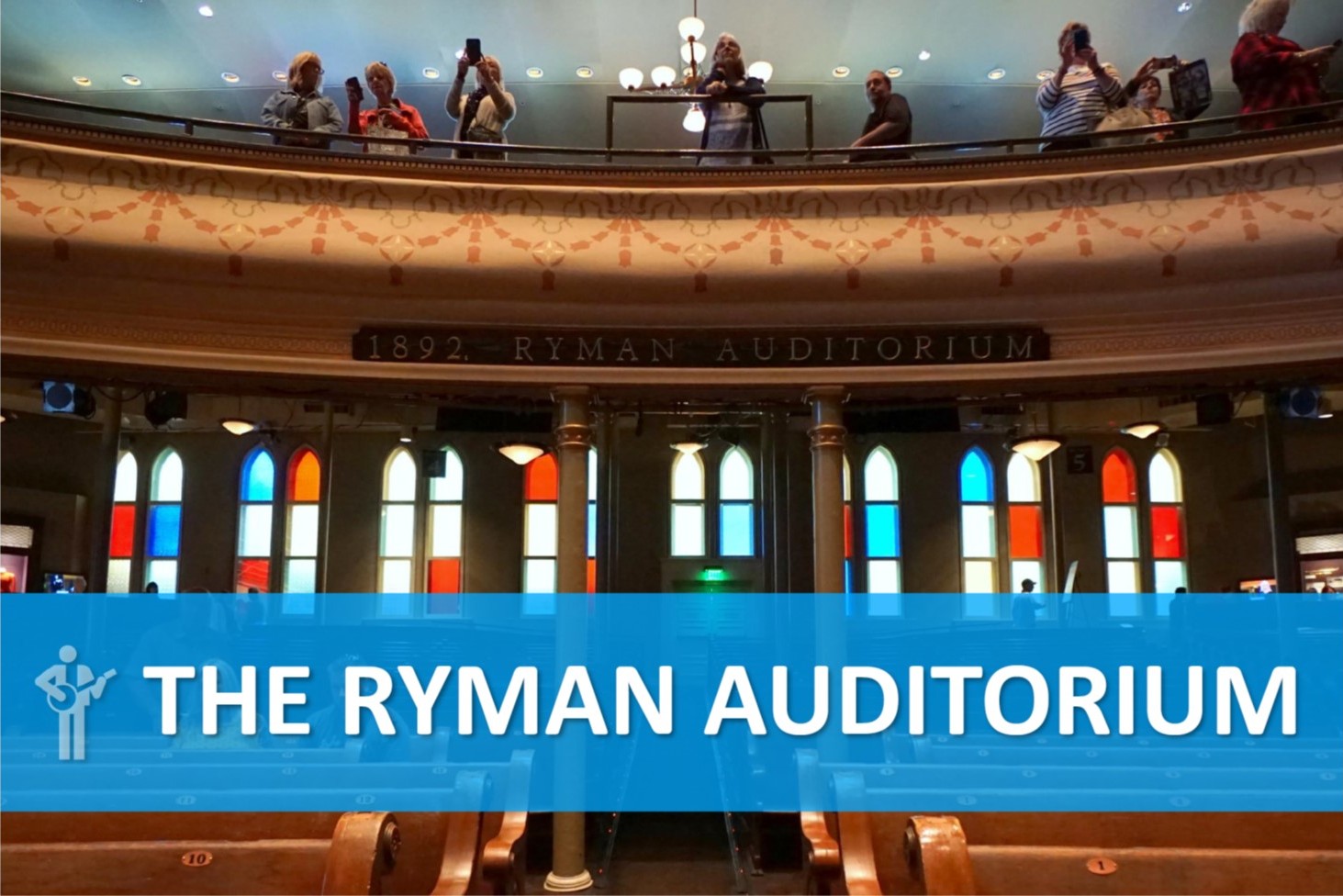
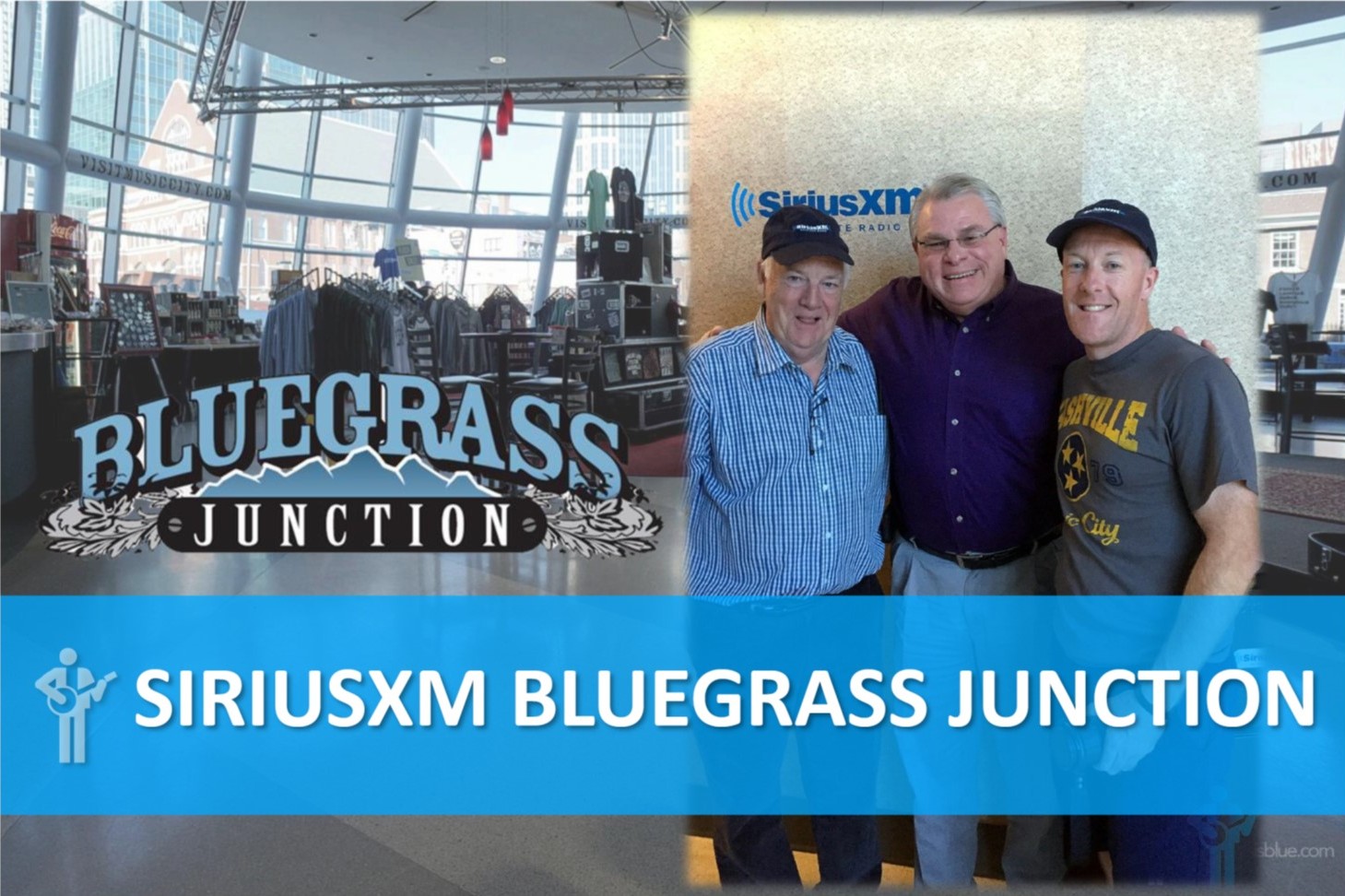
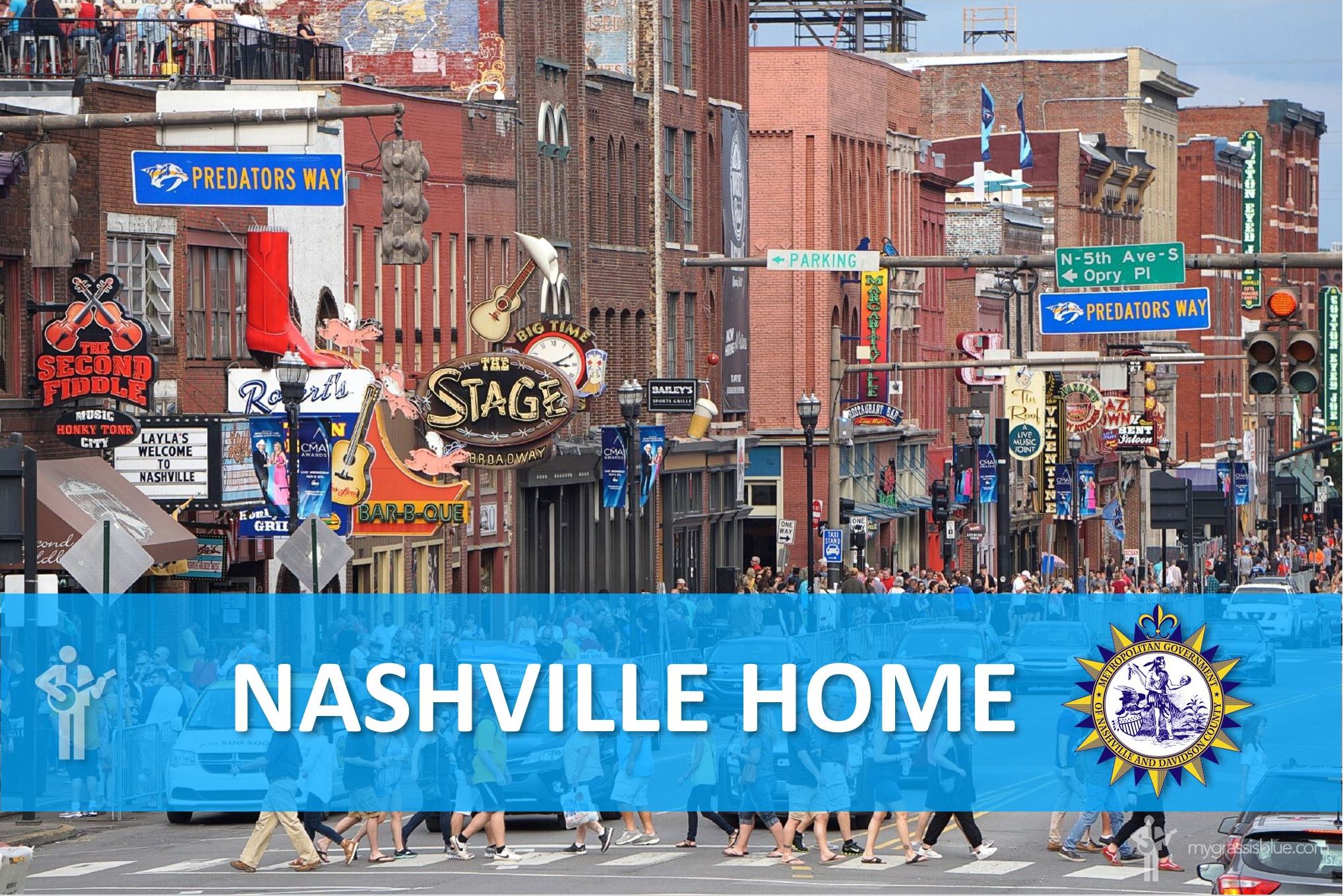

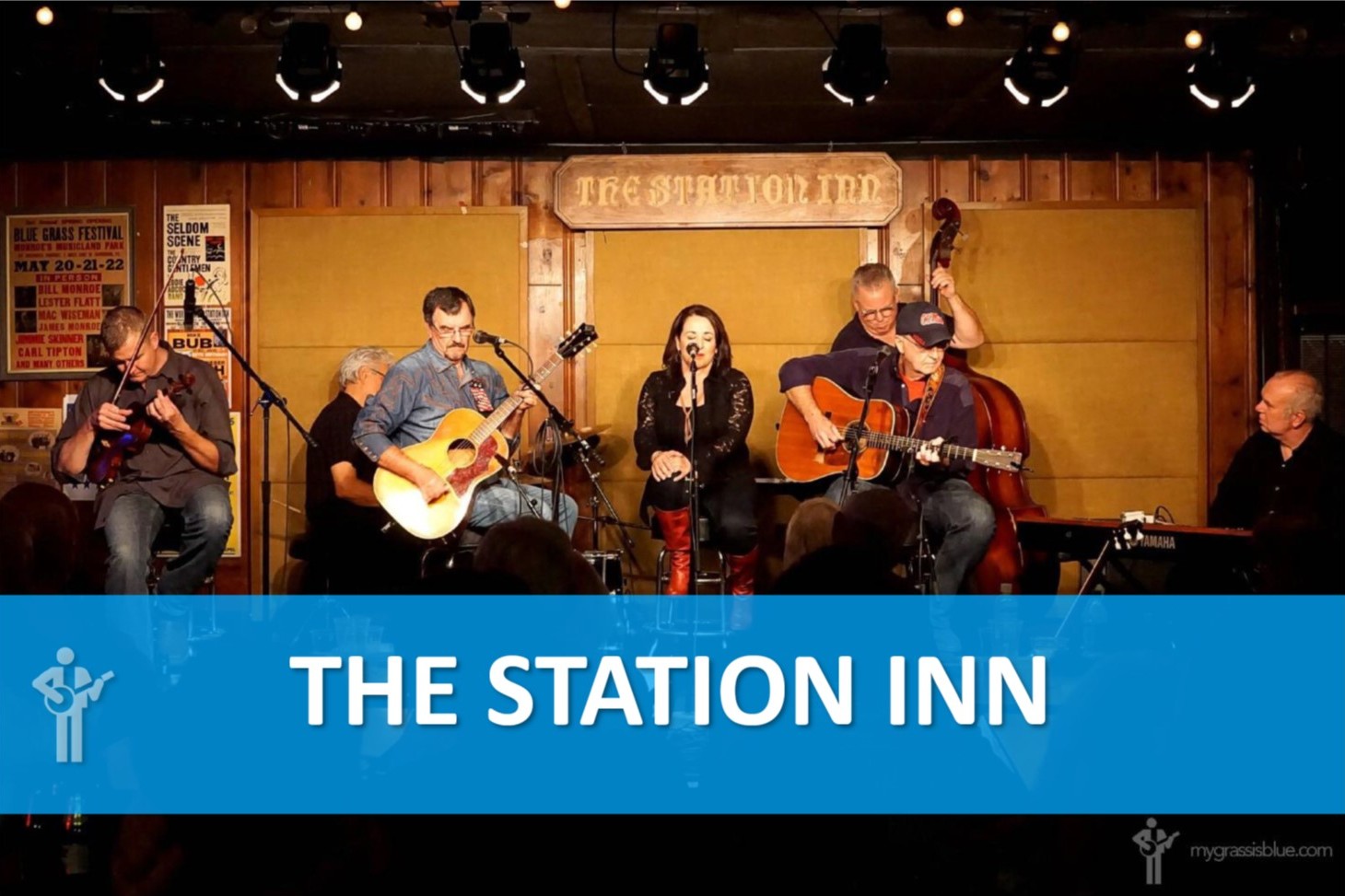

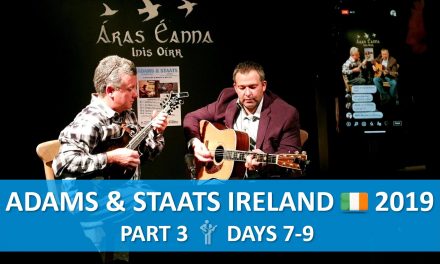
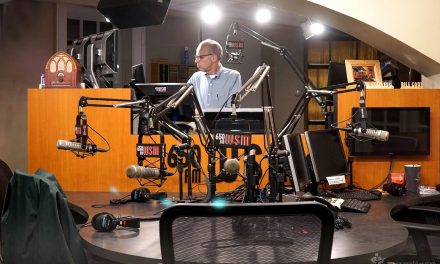

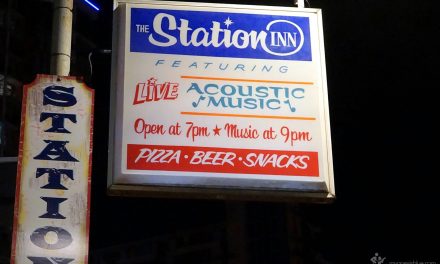

0 Comments